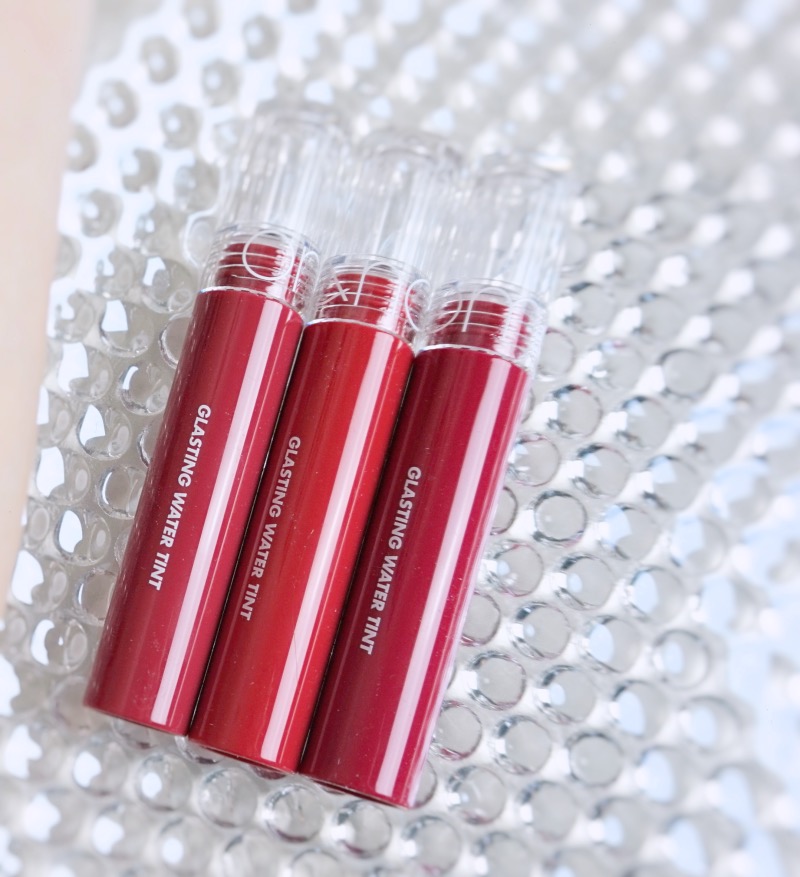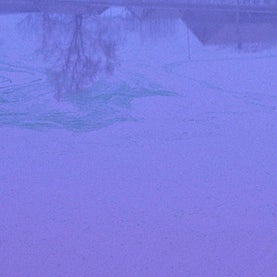

Pouring a little household bleach into toilet bowls and down the kitchen sink will help slow down any re-growth. We’d also advise disinfecting and drying bathrooms and kitchen surfaces before leaving the house vacant for long weekends or holidays. Deposits in the tank may reduce the amount of chlorine in the water and help create conditions in which fungi can grow. We also recommend that the tank itself is checked for sediment and deposits and cleaned if necessary. Installing a securely fitting lid should avoid dust and debris falling into the tank. We recommend that storage tanks which feed showers and internal plumbing are checked to make sure they aren’t open to the atmosphere. This is why black growth is often seen on grout but not on tiles, unless they’re covered in heavy soap deposits. Using abrasive cleaning products tends to encourage re-growth as they cause a rough surface where the fungi can take hold. The cleaning process is generally more successful if the cleaning product is allowed to act for a while (about half an hour), before rinsing it off.The most effective way of controlling re-growth is through regular cleaning with a bleach-based cleaning product, paying particular attention to areas where soap residue may accumulate.Improving ventilation and keeping surfaces dry is the best way to prevent growth.Once established, fungal growth can be difficult to get rid of.

However, water running through the internal plumbing system will gradually lose the protective effect of this residual amount of chlorine. The cold mains water supply contains a small amount of chlorine, which inhibits the growth of fungal spores. Then, any risk though would be from breathing in fungal spores (particular for those with illnesses such as asthma) – not from the water supply. They can become more of a problem after building renovations where dust and debris are released into the atmosphere.īlack staining from water is typically composed of several different fungi.Īlthough unsightly, black stains caused by water don’t generally present a health risk – unless the fungal growth is allowed to continue unchecked and becomes very dense.
Tinge water windows#

Serratia thrive in fatty deposits, such as soapy residue, and have also been known to grow in pet food bowls and on sinks.Serratia-type bacteria are found naturally in the environment and grow in moist, damp conditions such as those found in bathrooms and kitchens.We also recommend that the tank itself is checked for sediment and deposits and cleaned if necessary.ĭeposits in the tank may reduce the amount of chlorine in the water and help create conditions in which bacteria like Serratia can grow. Installing a securely-fitting lid should avoid dust and debris falling into the tank. Other recommendations are to check (or get a plumber to check) that storage tanks which feed showers and internal plumbing are not open to the atmosphere. Using abrasive cleaning products tends to encourage re-growth as they cause a rough surface where the bacteria can take hold – this is often why Serratia is seen on grout but not on tiles, unless they’re covered in heavy soap deposits/film.The cleaning process is generally more successful if the bleach-based cleaner is allowed to act for a while (about half an hour), before rinsing clean.The most effective way of controlling re-growth is by regular cleaning with a bleach-based cleaning product, paying particular attention to areas where soap residue may accumulate.Once established, it’s difficult to totally remove the organism that causes pink staining. Without chlorine, bacteria can grow on surfaces such as tiles, grouting and shower fittings. The heating action of showers and hot water systems can remove the chlorine put into mains supplies. Serratia do not survive in chlorinated water supplied from the mains. Pink staining is caused by airborne bacteria called Serratia Marcescens – this is not known to cause waterborne disease.


 0 kommentar(er)
0 kommentar(er)
